Methods For Making Electronic Dance Music
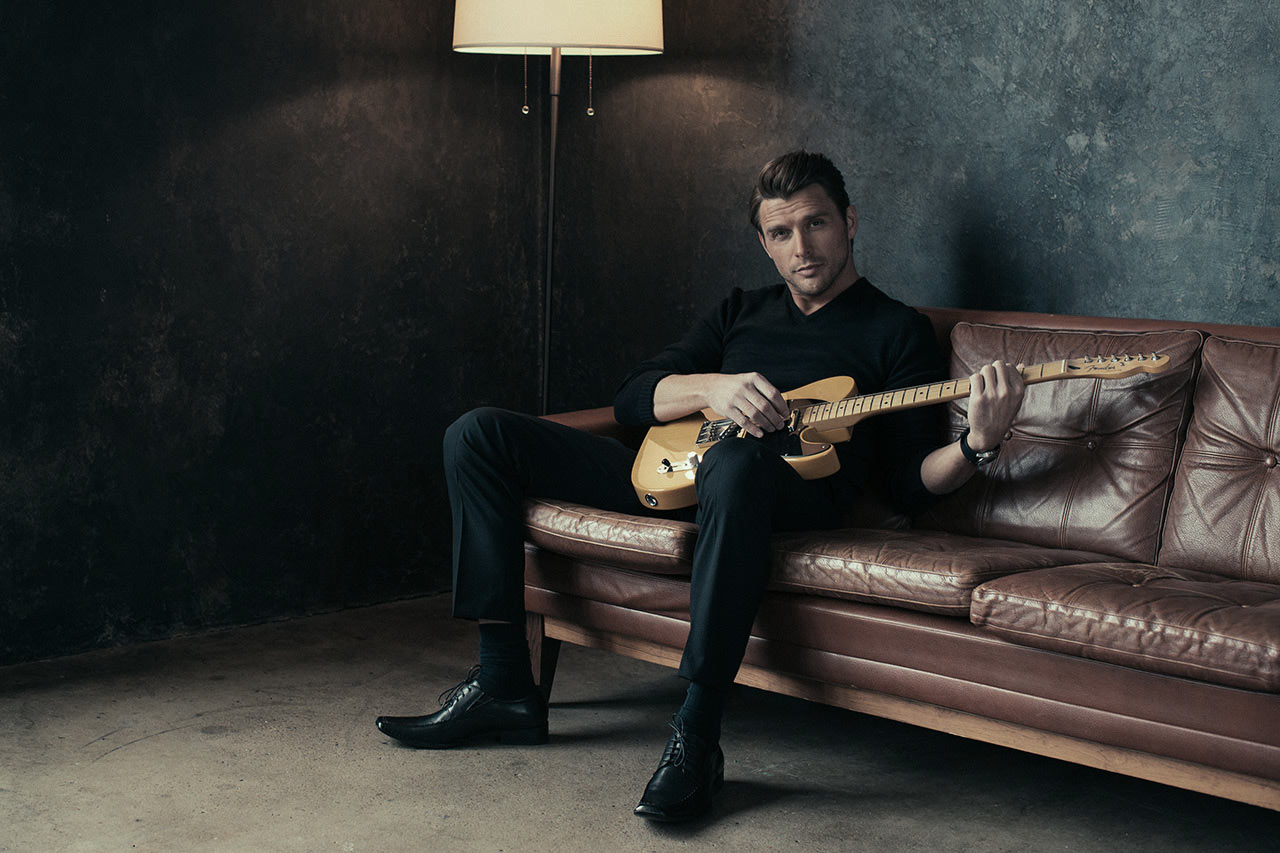
The sounds are all familiar: From when the Moog synthesizer appeared in the 1960s to the present state of dance-to-pop spillover, electronic dance music is characterized by inhuman sounds. Although, in many cases, the sounds may, in fact, be created by a person, the fact that they do not mirror those of organic instruments (such as strings, piano, or winds) often results in many writing off synthesizers, turntables, and nearly any other device used in dance music as “cold.” But, while synthesizers might not have had the dynamic qualities of a traditional piano until recently, this aspect doesn’t make it or any other device less legitimate in music making.
Take the building blocks for creating music – rhythm, pitches, and melodic aspects. While, in traditional music, they may be created through a symphonic orchestra or a rock band, electronic music often transposes these multi-instrumental aspects into one instrument.
Synthesizers, for example, are truly the first instrument available for making dance music. Although in its early days, it was mainly seen as a novelty device for making strange sounds on film soundtracks, it gradually evolved into a key player in recording music. Polyphonic abilities and sampling capabilities were given to the instrument in the 1980s and, although the need for session players never phased out, a synthesizer could be used as the accompaniment with several sounds to a singer’s vocals.
In more recent electronic dance music, the turntable is a significant component. For many DJs, this device is coupled with a mixing console and other devices needed for on-the-spot production. Nevertheless, from production to scratch DJs, this device has become a necessity for playing the sounds that the DJ then tweaks. To further its reputation as a legitimate instrument, a concerto for turntable that utilized scratching techniques was written earlier this decade.
A computer, preferably a laptop in recent years, has been another device used regularly in electronic dance music. In the earlier days on the genre, sounds were created on a computer, copied onto a disc, and added to a sampling keyboard. In the present, the computer becomes another instrument in a musician’s setup. Programs like Ableton Live and Logic Audio allow sounds to be recorded from the outside, incorporated into the track, and, in a live performance, used directly from the computer. Additionally, a computer is often attached to a turntable or keyboard setup as a source of samples.
Aside from these three main components, additional ones may be added. Nintendo systems and tablet computers have found their way into DJ setups recently. Tape players, similarly, have been added from genres ranging from synth-pop to classical as a source of loops and repetition.


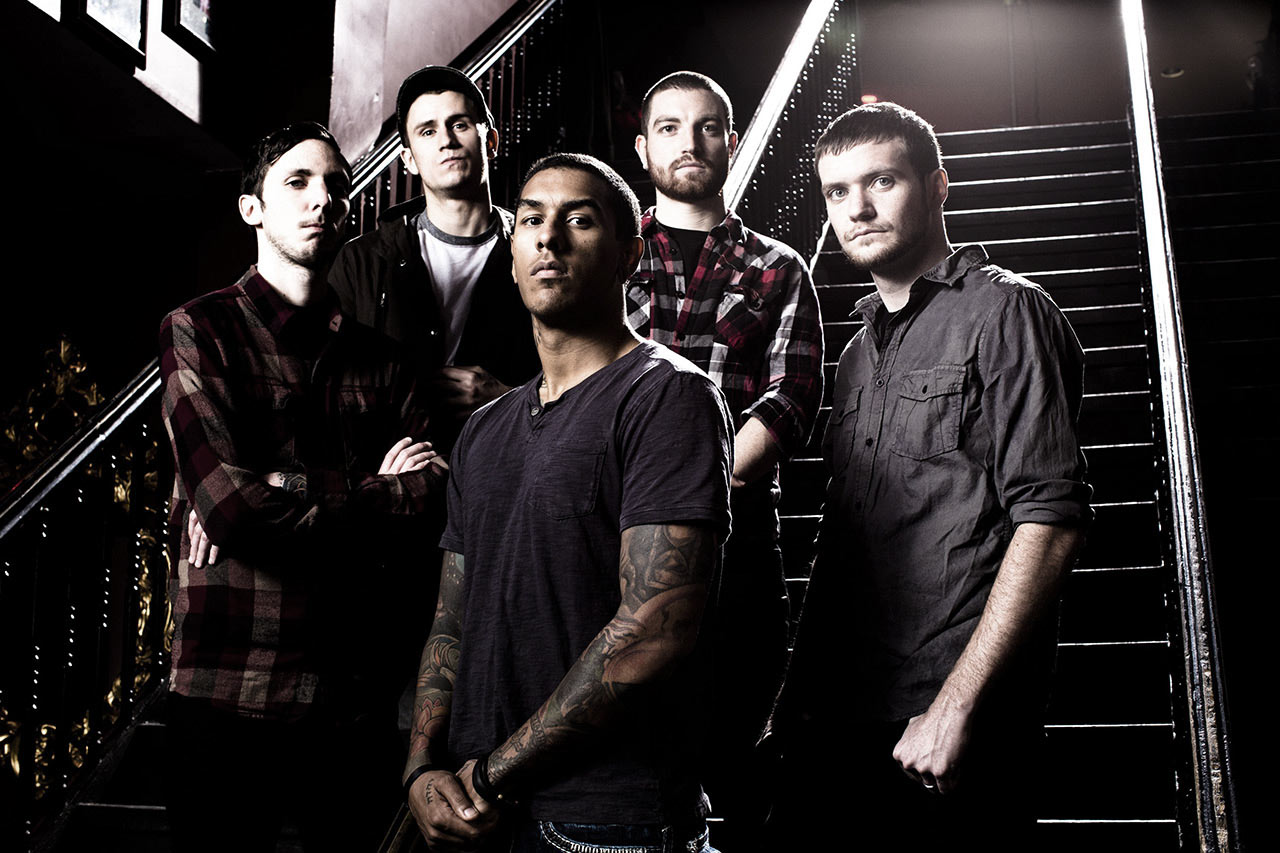
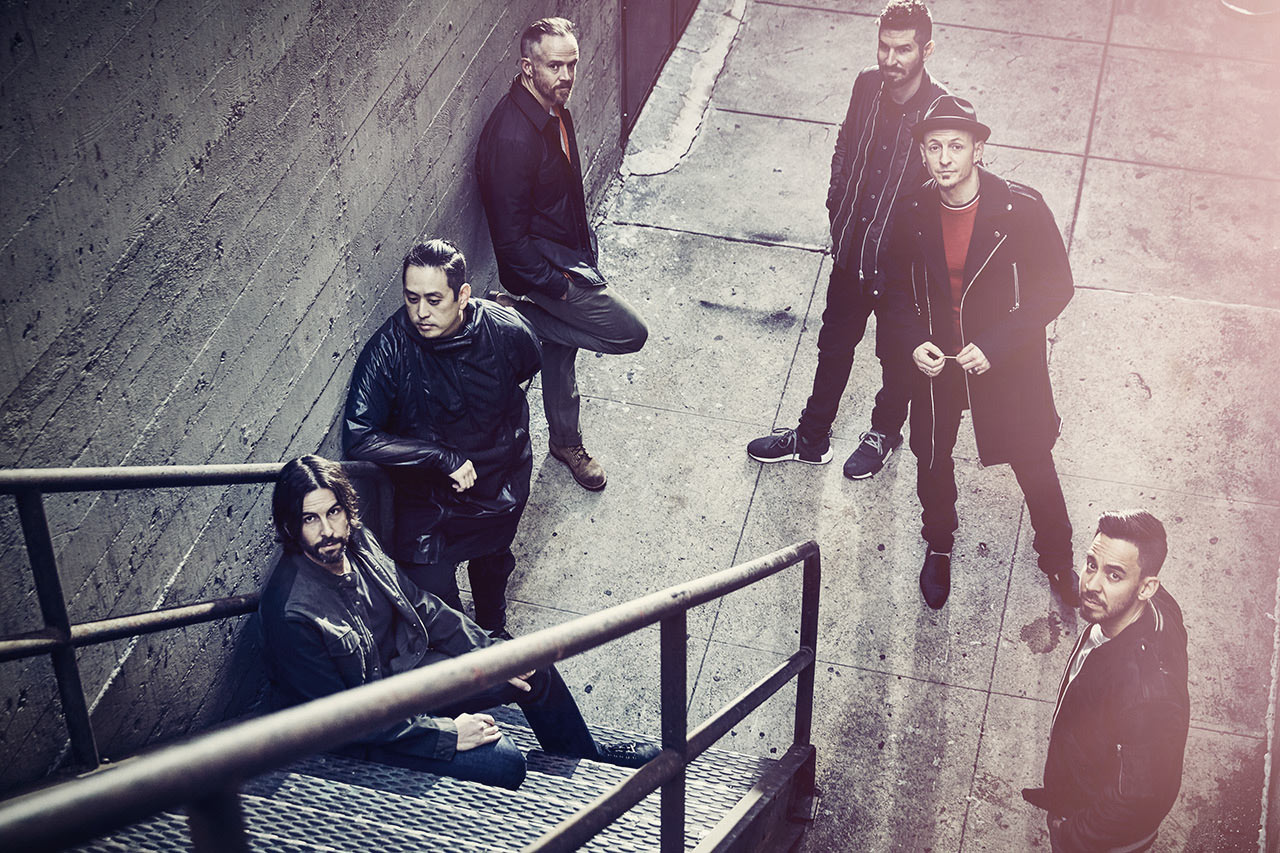

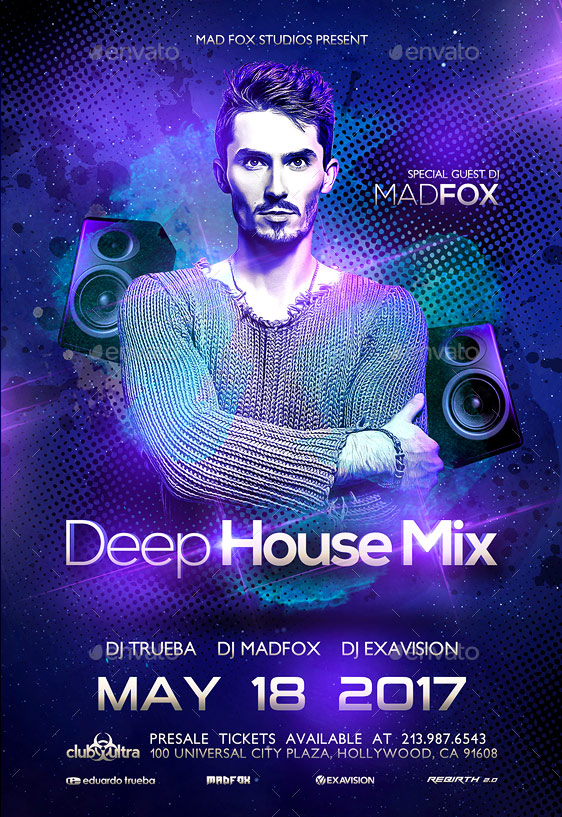
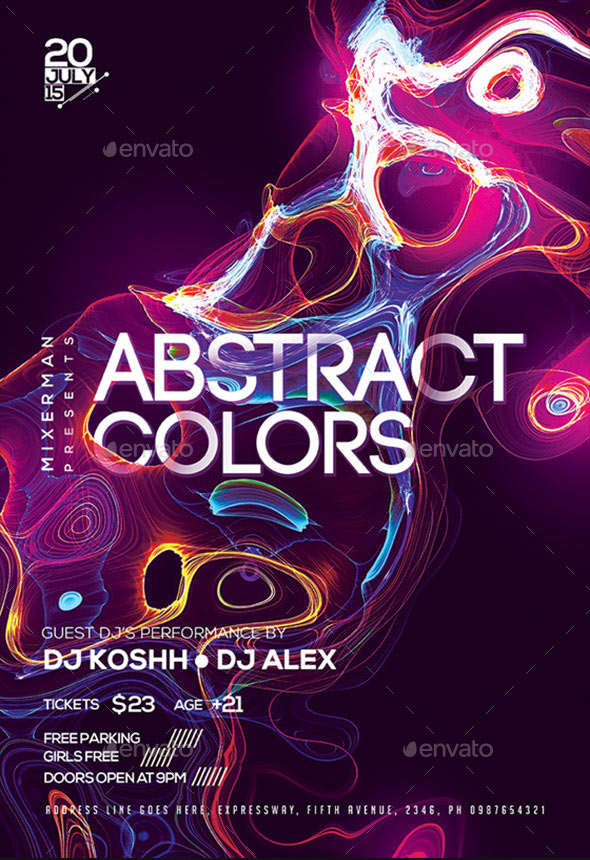
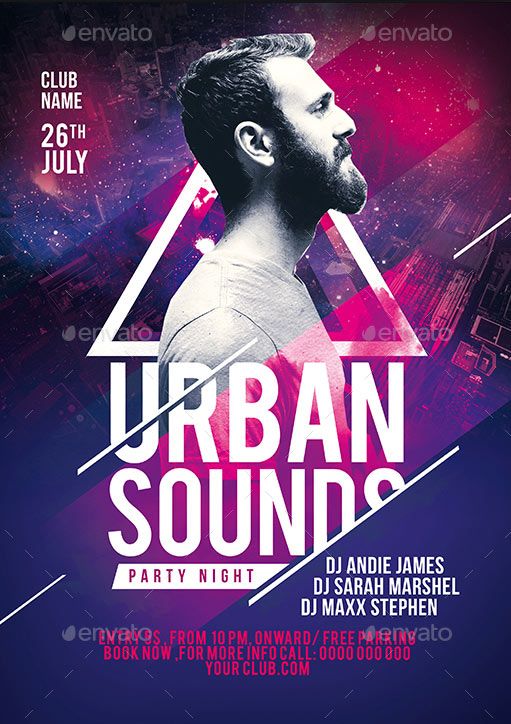
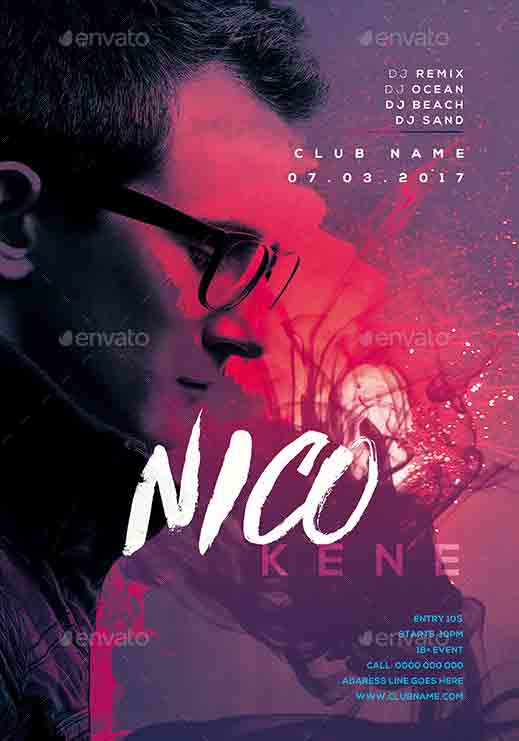



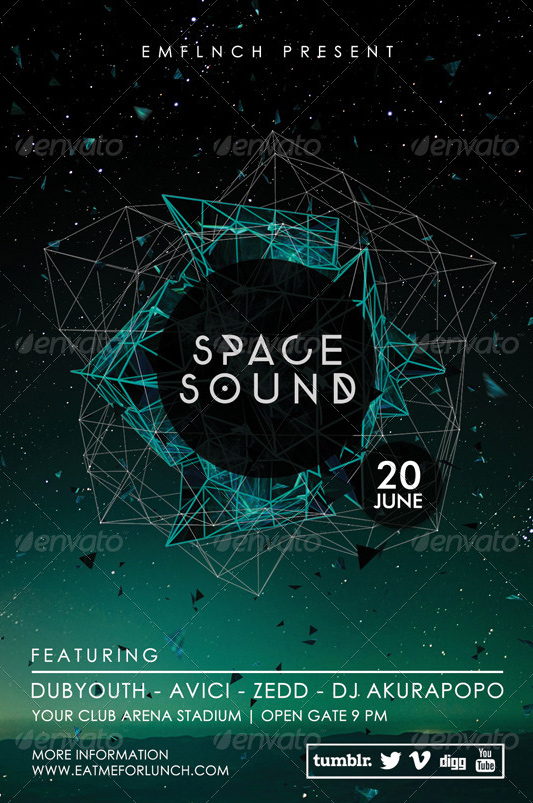



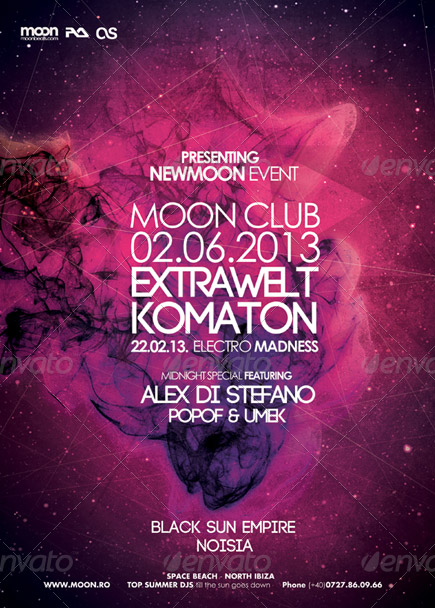
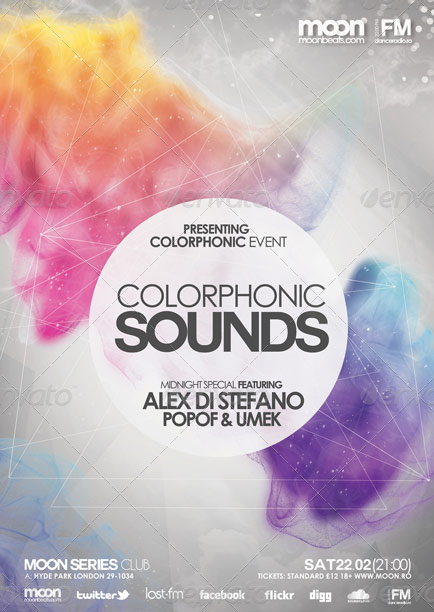
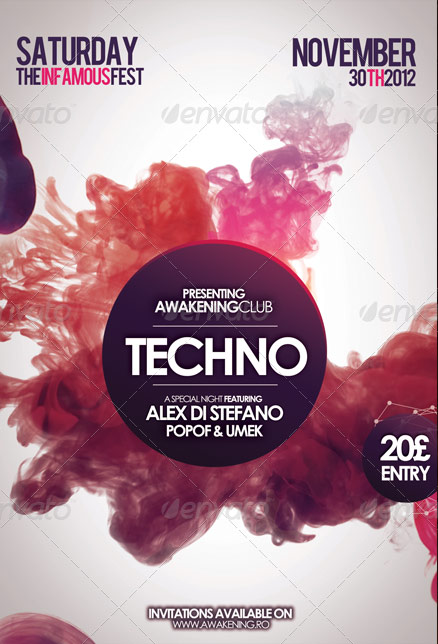
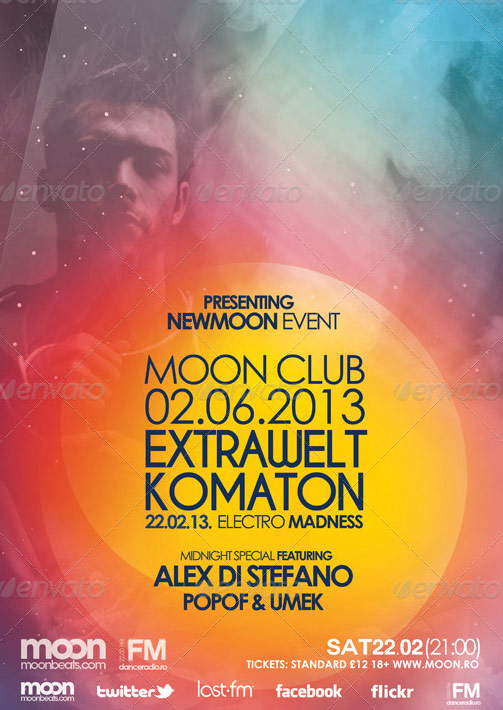
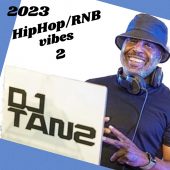
Comments
This post currently has no comments.